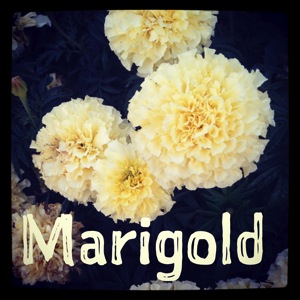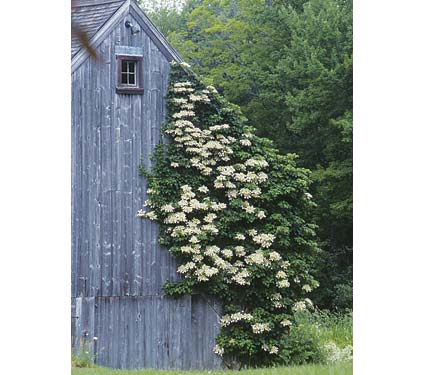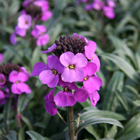Garden Alphabet: Marigold (Calendula officinalis)
Behold the modest Marigold. I see them everywhere and I am sure you do, too. Still, they do bring a certain kind of exuberance to the garden and are easy-as-pie to grow. These examples come from a neighbors circular, brick, planter, where they plant a regular succession of annuals in their from yard.
These marigolds are a good reminder that even those “common” plants and flowers can bring a significant splash of color to the garden, even if others might think them a bit cliche.
Marigold
“Calendula officinalis (pot marigold, ruddles, common marigold, garden marigold, English marigold, or Scottish marigold)[1] is a plant in the genus Calendula of the family Asteraceae. It is probably native to southern Europe, though its long history of cultivation makes its precise origin unknown, and it may possibly be of garden origin. It is also widely naturalised further north in Europe (north to southern England) and elsewhere in warm temperate regions of the world.[2][3][1]
t is a short-lived aromatic herbaceous perennial, growing to 80 cm (31 in) tall, with sparsely branched lax or erect stems. The leaves are oblong-lanceolate, 5–17 cm (2–7 in) long, hairy on both sides, and with margins entire or occasionally waved or weakly toothed. Theinflorescences are yellow, comprising a thick capitulum or flowerhead 4–7 cm diameter surrounded by two rows of hairy bracts; in the wild plant they have a single ring of ray florets surrounding the central disc florets. The disc florets are tubular and hermaphrodite, and generally of a more intense orange-yellow colour than the female, tridentate, peripheral ray florets. The flowers may appear all year long where conditions are suitable. The fruit is a thorny curved achene.[2][1]“ — Wikipedia.org
Previously in Garden Alphabet:
- Acanthus
- Amaryllis
- Banana
- Bonsai
- Bougainvillea
- Brugmansia
- California Poppy (Eschscholzia californica)
- Calla Lily (Zantedeschia aethiopica)
- Castor Bean (Ricinus)
- Caltapa
- Clematis
- Dahlia
- Datura
- Japanese Cherry (Prunus serrulata)
- Daffodil (Narcissus)
- Dietes (Fortnight Lily)
- Dudleya
- Ecualyptus
- Freesia
- Hibiscus (Malvaceae)
- Iris
- Kniphofia “Red Hot Poker”
- Lantana
- Kousa Dogwood (Cornus kousa)
- Magnolia x soulangeana (Saucer Magnolia/Tulip Tree)
- Morning Glory (Convolvulaceae)
- Nandina
- Orange
- Orchid from the Southern California Spring Garden Show 2013
- Oriental Poppy (Papaver orientale)
- Polygonatum (Solomon’s Seal)
- Paperwhites
- Queen Anne’s Lace (Daucus carota)
- Rudbeckia
- Salvia
- Squirrel
- Succulents
- Sweet Potato (Ipomoea batatas)
- Tomato
- Water Lily (Nymphaeaceae)






